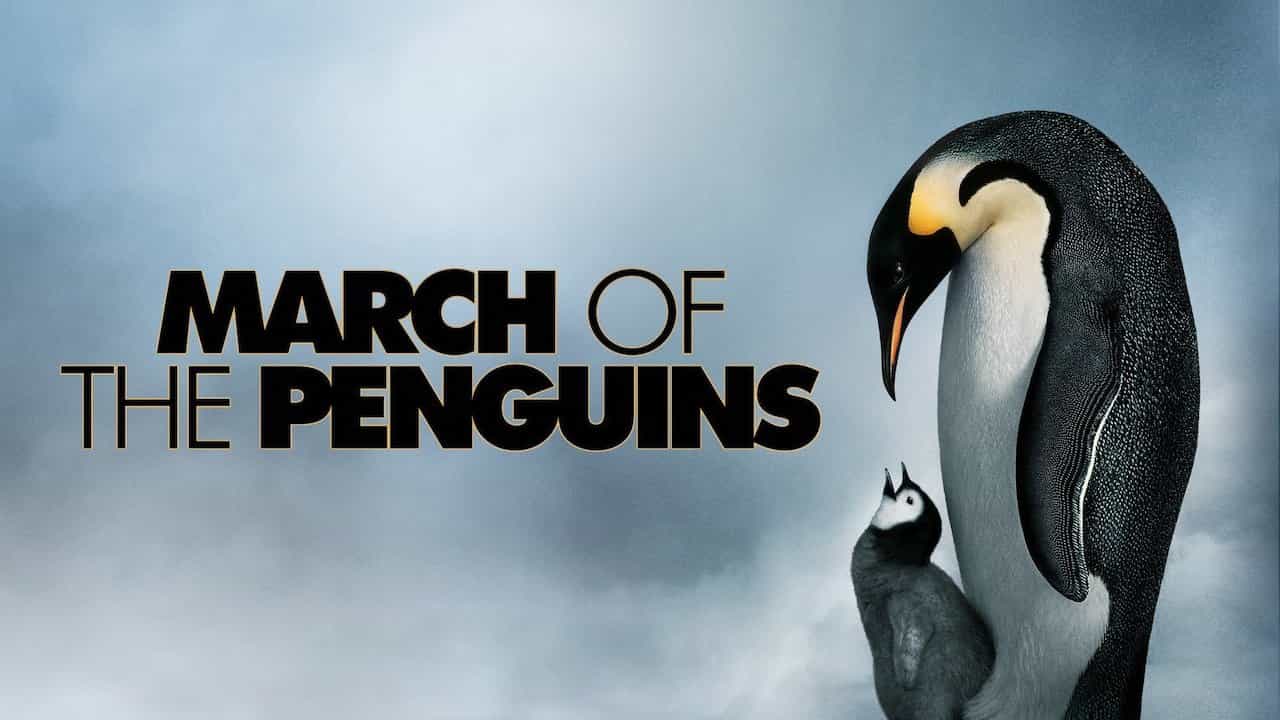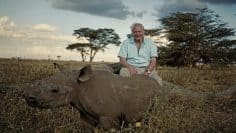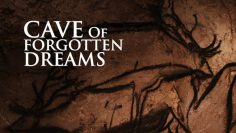March of the Penguins
March of the Penguins follows the remarkable annual journey of emperor penguins in Antarctica. Directed by Luc Jacquet, it captures the penguins’ arduous trek from the ocean to their inland breeding grounds.
The film chronicles the penguins’ life cycle, beginning in autumn when all breeding-age penguins (five years and older) leave their oceanic habitat to embark on a 70-mile march across the frozen landscape. Upon reaching their destination, the penguins engage in an intricate courtship ritual, which, if successful, results in the laying of a single egg.
The documentary showcases the extreme challenges faced by these resilient creatures. After the female lays the egg, she carefully transfers it to the male for incubation before returning to the sea to feed. The males then huddle together for warmth, enduring temperatures as low as -62°C (-80°F) while incubating their eggs for two months. During this time, their only water is the snow that falls.
When the chicks hatch, the males provide their offspring with a small meal from a protein-rich substance secreted in their throat sacs. The females then return from the sea to take over feeding duties, allowing the males to make the long journey back to the ocean to replenish themselves. This cycle of feeding and caring for the chicks continues, with parents alternating between the breeding ground and the sea.
The documentary also portrays the harsh realities of survival in this unforgiving environment. Many parents perish due to exhaustion or predators like leopard seals, while chicks face threats from extreme weather conditions and predatory birds. Despite these challenges, the emperor penguins persist in their annual ritual, embodying nature’s remarkable adaptability and resilience.










